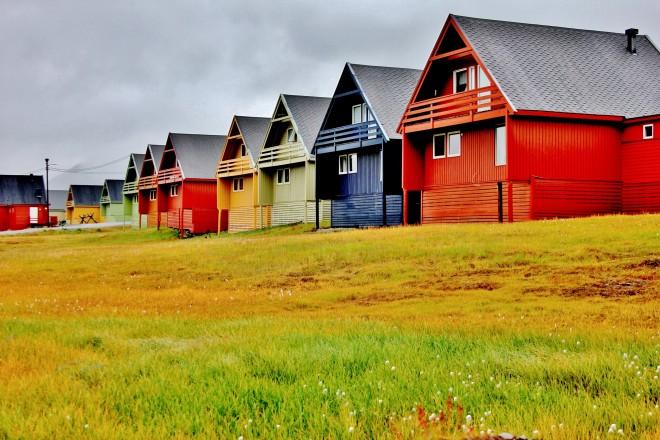Wander down any street in Lisbon and you’re sure to find many surprises!
Many of these surprises are found on the buildings which are covered head to toe in decorative tiles, also known as Azulejos, they are a major part of Portuguese architecture and culture, often depicting narrative scenes.
It’s difficult to believe that as well as public buildings, ordinary residential homes can be dressed in such elaborate ways so this provides the perfect reason to meander down the city’s side-streets.
The Azulejo art in Portugal is a Moorish influence, they were imported from Seville (which was occupied by the Moors for over 500 years) by King Manuel I after a visit to the town in 1503.
Back then fashion trends were usually created by Kings and Queens, and members of the aristocracy, it surprises me to say this, but this is one King whose taste I actually like!
However, it’s not all ceramics and geometric shapes adorning the walls of Lisbon, in contrast there quite a few run-down, derelict buildings too.
I’m not sure if anyone is planning to do anything with them, but seeing them as they are, interwoven between the beautifully tiled buildings makes the city look even more interesting, like you can somehow peel back the years to see what parts used to look like.
However, the aspect of Lisbon which rivals the tiles in terms of colour and artistic expression is the explosion of eye-catching graffiti. Not everyone can say they’ve seen a 40ft crocodile, but I can, I’m just happy to say I saw it spray canned across a derelict building instead of in my garden! And the same goes for the burglar who resides on the building next to the crocodile.
If you want to know where to find these enormous pieces of street art then head over to Picoas station, you can’t miss it even if you tried. Picoas Station is also an interesting station to see because it shows the original Art Nouveau Metropolitano signs which are quite rare.
Author: Shing Lin YoongWebsite: www.theculturemap.com




